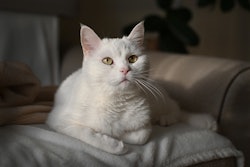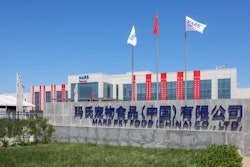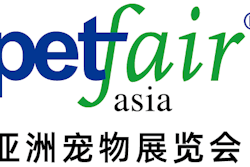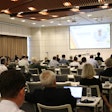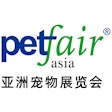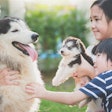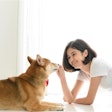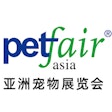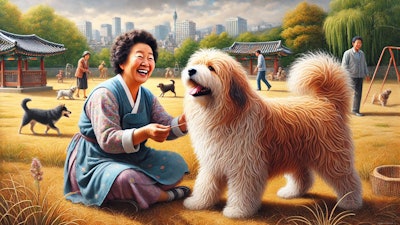
In 2023, South Korea’s dog and cat food imports totaled US$307 million, reflecting an 11.45% decrease compared to the previous year, according to a report from the U.S. Department of Agriculture Foreign Agricultural Service (FAS). The country imported 59,392 tons of pet food, a 16.47% drop in volume year-on-year. This downturn is notable, as the imported pet food market had consistently grown in value and volume for over a decade. Historically, imported products have dominated the market, comprising two-thirds of it. A consumer survey revealed that 70.5% of respondents favored imported pet food, while 29.5% preferred domestically produced options. However, the decline in imports in 2023 is likely influenced by local companies strengthening their pet food operations, anticipating further industry growth.
South Korean pet food market growth
South Korea’s pet food market has experienced significant growth in recent years. In 2022, the dog and cat food market reached KRW 1.69 trillion (US$1,308 million), a 71% increase from 2017’s KRW 988 billion (US$874 million). This growth may continue as pet ownership rises and consumers become more willing to invest in their pets. Additionally, some local companies with experience in human food manufacturing are entering the pet food market to capitalize on this business potential, aligning with the trend of pet food premiumization and leveraging their existing expertise.
In 2023, nearly 70% of the market (68.40% by value and 68.72% by volume) was dominated by four countries. China led with a 32.57% market share, followed by the United States at 15.96%, Thailand at 12.38%, and Japan at 7.49% by value. In terms of volume, the top three countries remained China (26.54%), the United States (18.12%), and Thailand (15.38%), with Canada taking the fourth spot at 8.68%. The ratio of dog to cat food in imported pet food is approximately 60% to 40%.
Pet ownership in South Korea
A 2022 survey on public perceptions of animal welfare conducted by South Korea’s Ministry of Agriculture, Food and Rural Affairs (MAFRA) found that 25.4% of respondents were pet owners. Among these, 75.6% owned dogs, while 27.7% had cats, with fish being the third most common at 7.3%. Of the pet owners, 61.9% had only dogs, 15.4% had only cats, and 15% owned more than one species of pet. The remaining respondents had pets other than dogs or cats. The survey estimated that in 2022, there were 6.02 million pet-owning households, representing about 1.3 million people. The total number of pet dogs and cats was estimated at 7.98 million, with 5.45 million dogs, nearly double the 2.54 million cats.


